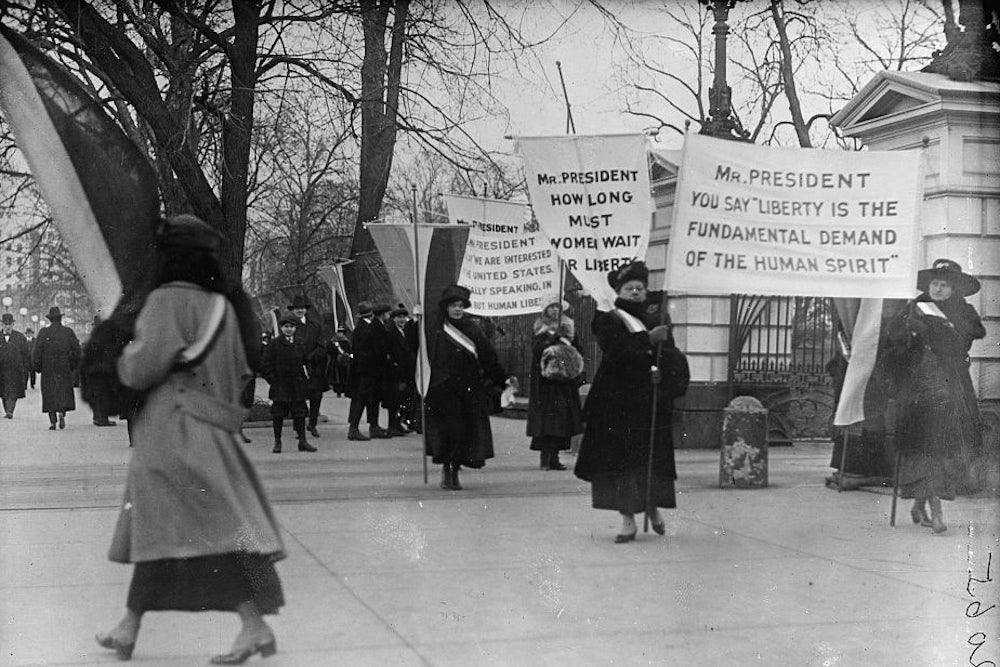There’s a decent chance Americans will elect their first woman president today, and tributes to the suffragettes are rolling in. Some voters are wearing suffragette white:
Wearing suffragette white, these women proudly cast their votes early for @HillaryClinton in Little Rock. #WithHer #WomenTogether pic.twitter.com/WSLp1iMXbk
— Hillary for Arkansas (@HillaryforAR) October 27, 2016
And according to New York magazine, the cemetery in Rochester, New York, housing Susan B. Anthony’s gravesite will stay open late to accommodate the women who will visit it today. Already, many have attached “I Voted” stickers to her gravestone.
Those women are surely thinking of Anthony’s legendary campaign for suffrage, and who can blame them? Anthony helped win us the right to vote. But she and her comrades in arms also openly prioritized the rights of white women over the rights of people of color: “I will cut off this right arm of mine before I will ever work or demand the ballot for the Negro and not the woman,” she declared.
Another suffragette, Frances Willard, claimed that mobs of alcoholic black men terrorized white women and children in the American South. “It is not fair that a plantation Negro who can neither read or write should be entrusted with the ballot,” she added. When black investigative journalist Ida B. Wells confronted her during a tour in the United Kingdom, British suffragettes largely sided with Willard.
The suffragette legacy is clearly mixed, and it’s a mistake to ignore this. Progress for one group doesn’t necessarily mean progress for everyone. In politics there are no heroes.
